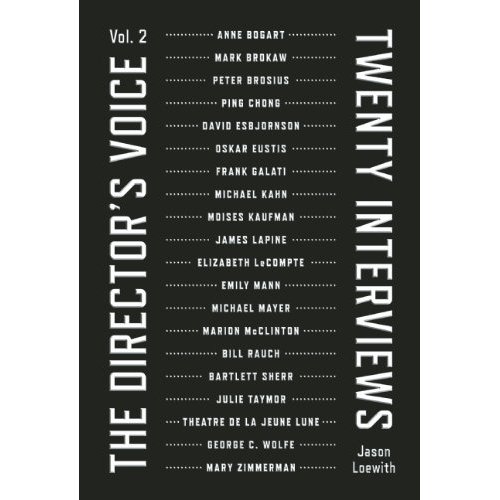Presented by Company One Theatre produced in partnership with the Boston Public Library with support from the National New Play Network and the Rolling World Premiere Program
Written, directed and choreographed by Tara Moses
Dramaturgy by Quita Sullivan
Fight choreography by Marisa Diamond
Community Advisor: Maria Hendricks
Jan. 24 – Feb. 15, 2025
Rabb Hall at the Boston Public Library, Central Branch
700 Boylston Street
Boston, MA 02116
Critique by Noelani Kamelamela
BOSTON — Comparisons between Tara Moses’ “Haunted”, Antoinette Nwandu’s “Pass Over” and Samuel Beckett’s “Waiting for Godot” are inevitable. So, yes, there are two main characters waiting for something in this play and amusing each other while they pass the time. I admit it. Fine. That’s it, that’s all I’m saying about those connections.
Below the surface, “Haunted” brings to life two young indigenous ghosts, Ash (Bradley Lewis) and Aaron (Chingwe Padraig Sullivan), who are rooted in one place while it changes around them. They constantly opine and long for freedom. One of their comforts and constants, the well-known hits of the early 2000s, provides emotional escape, but also constant reminders of how stuck and bored they have become. Continue reading
